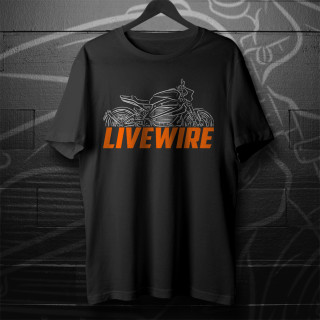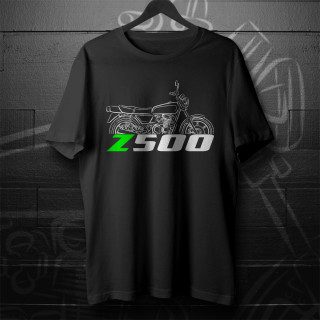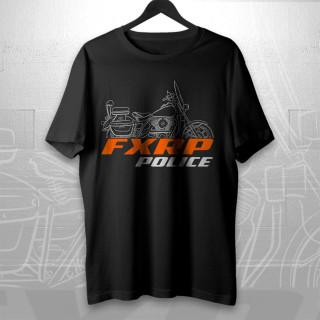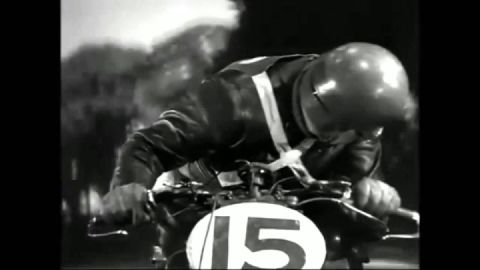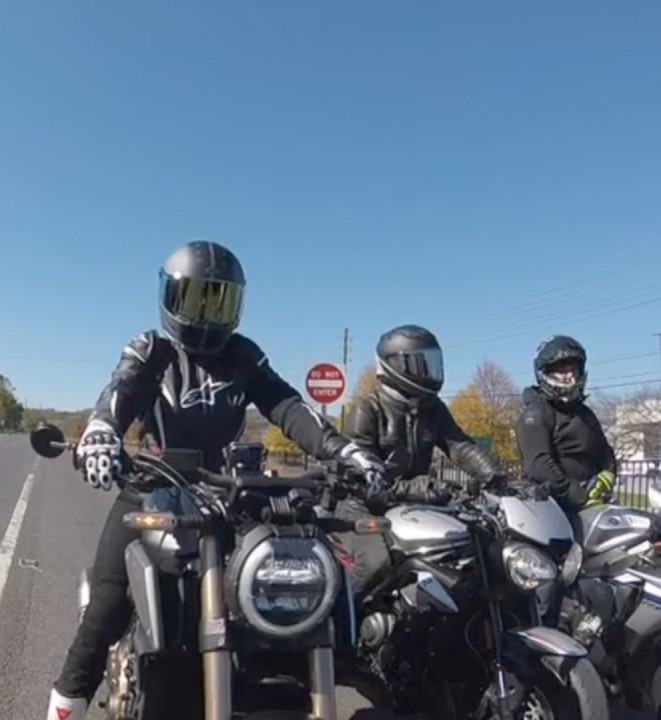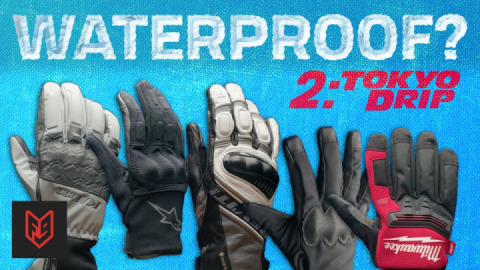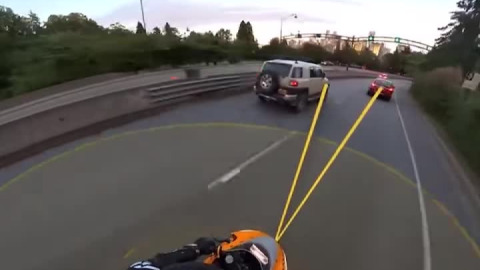For most people, corners mean points where two sides or edges meet. But for the breed that is ‘motorcycle enthusiasts,’ corners have a totally different meaning. They equal twists and bends which allow us to get closer to the tarmac, get rid of the chicken strips, and challenge physics, all at once.

More importantly, it gets the blood pumping and giggles going (inside the helmet, of course), almost like therapy. However, the pleasurable experience can turn into a nightmare in a jiffy, especially when you’re on your nearby twisty canyon road having a blast. And to ensure this doesn’t happen, we’ve curated a list of crucial tips you should follow on your next motorcycle canyon ride.
Eyes On The Exit And Not On The Prize

Ask any experienced rider, and they’ll tell you eyes play a pivotal role while riding. You, more often than not, end up wherever you look, and you should use this to your advantage in the canyons. So whenever you’re entering a corner, make sure your eyes are focused on the exit (reference the lines of your lane), so you know where you’re headed. This also helps you judge the type of corner, so you can adjust your throttle, brake, and lean angle accordingly. For instance, if you can’t view the exit of the corner, there’s a high chance the corner tightens in the middle, meaning you should prepare to either cut speed or increase the lean angle to counter the sharpness. Meanwhile, when you lock your eyes on the exit, you also get a good look at the tarmac, in case there’s an object you should avoid or be ready for.
Stay In Your Lane

This is a no-brainer. No matter how ‘empty’ the road may seem, you should always stay in your lane, and leave chasing apexes for the racetrack. A prime reason is you never know what’s in the opposite lane, so there’s a high chance you’ll end up face-first in the opposite lane. A good way to practice this is to follow the road markings, aim to stay between the lines on your side, and do a few practice runs, slowly increasing your pace. This way, you’ll also understand how much room for error is there, in case you overshoot the corner.
Smoothness Is Your Best Friend

Unless you’re as talented as Marc Marquez who can put the motorcycle in more shapes than one, smoothness is your best friend while riding. The more you brake, accelerate, or turn mid-corner, the more you’ll unsettle your motorcycle, ultimately risking a crash. So you should aim to prepare for the corner - get your butt out, brake, downshift, load the front - all before you’re leaned over.
This will do two things for you. First, it’ll de-clutter your mind to help you focus on what’s ahead. And second, once the motorcycle is stable, it’ll react better to your mid-corner inputs (if required). Another crucial aspect to keep your motorcycle stable is to learn the proper riding posture, so the combined center of gravity (of you and your steed) is in equilibrium, or close to it.
Never Be At Your Limit

No matter how well you know a stretch of twisties, a public road is still a public road, and you should always take it easy. Now the definition of ‘easy’ can vary from person to person, riding style to riding style, but the main point is to be nowhere close to your (or your motorcycle’s) limit. On the road (any road), there are a lot of unforeseen factors - oil spills, water, stones, broken down vehicles - that count against you. So if you’re at your limit, there’s a high chance your mind is focused on extracting lean angles and speed, leaving barely any room for error. In most cases, this is a sure-shot recipe for an accident, one which not even Marc Marquez can save. Thus, save your peak skills and talent for a closed circuit where, even if you fall, you’ll just slide into an empty gravel trap rather than hit a road barrier. Oh, and PLEASE don’t chase knee drags and elbow drags on public roads unless it somehow comes naturally.
Hope For The Best But Always Prepare For The Worst

Last but not least, don’t forget to prepare for the worst, i.e. a crash. Regardless of your skill set, riding experience, and the plethora of riding aids on your motorcycle, crashes are inevitable and that’s a harsh reality we all have to accept. What can you do about it, you ask? Well, set aside some money, and invest in proper riding gear. This includes a good helmet (Snell/SHARP/ECE rated), riding jacket, pants, boots, and gloves, all with proper CE-rated guards. The cream of the crop, of course, is a full-blown leather riding suit, if your pocket and climate permit it.
Credit: topspeed
#Moto #Bike #Sportbike



